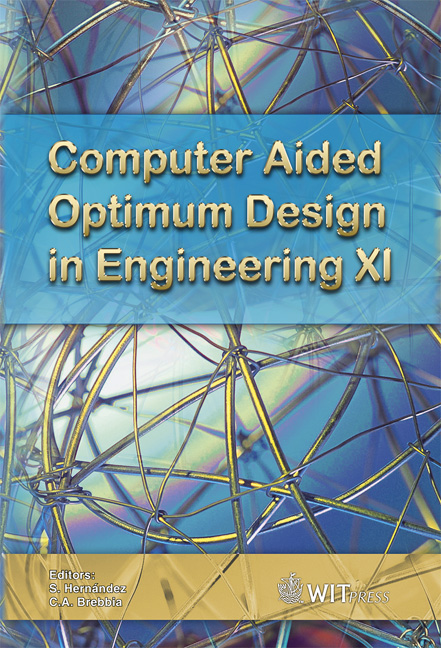Design Space Investigation By Response Surface Model Techniques In Aeronautical Metal Cutting Applications
Price
Free (open access)
Transaction
Volume
106
Pages
10
Page Range
187 - 196
Published
2009
Size
909 kb
Paper DOI
10.2495/OP090171
Copyright
WIT Press
Author(s)
A. Del Prete, A. A. De Vitis & D. Mazzotta
Abstract
A finite element model (FEM), which is able to predict the cutting interactions between the tool and the workpiece (cutting forces and cutting edge temperature) for a typical aeronautical engine Nickel-alloy Inconel 718, has been used to perform a reduced number of FEM calculations indicated by a DOE, in order to evaluate the design space for process parameters. These well-distributed results can be subsequently used to create and evaluate the quality in terms of correct response behaviour for the metamodels created through different approximation techniques (polynomial and neural network). The metamodels based on the best methodology (in terms of effectiveness of process behaviour prediction) have been used to optimize, through Adaptive Simulated Annealing (ASA) algorithms, the process parameters defined in a CAM part program block. The aim of the authors is to modify the Part Program operation parameters according to the constraints arising from the physical nature of the cutting process obtained by FEA. Keywords: machining, FEM, optimization, RSM, ASA.
Keywords
machining, FEM, optimization, RSM, ASA.





